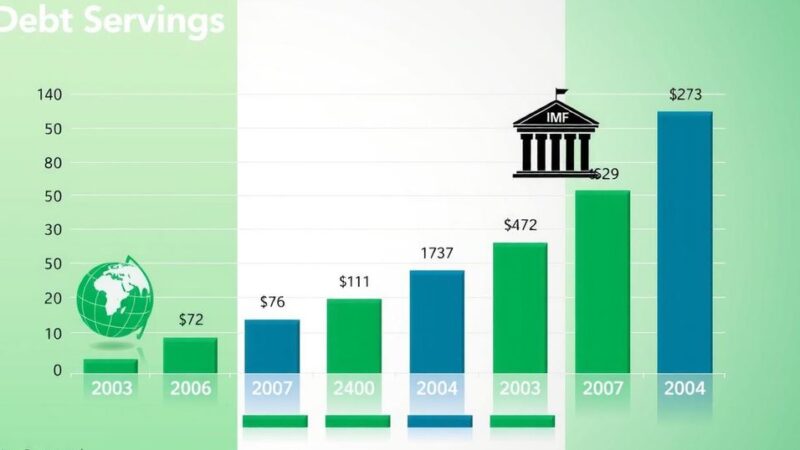President Trump’s recent announcement of 25% tariffs on Canadian and Mexican imports, and a 20% tariff on Chinese goods, has instigated retaliatory measures from those countries. These tariffs aim to reduce the U.S. trade deficit and address drug trafficking issues. However, they are likely to raise prices for consumers and contribute to market volatility, with uncertain long-term benefits for the American economy.
On Tuesday, President Donald Trump enforced significant tariffs of 25% on imports from Canada and Mexico, alongside a 20% tariff on goods originating from China. This decision has prompted Canada to retaliate by imposing similar tariffs on nearly $100 billion worth of U.S. imports, while China has levied tariffs ranging from 10% to 15% on U.S. agricultural products. Mexico’s response to the tariffs is anticipated to be announced soon.
The motivation behind these tariffs centers on President Trump’s assertion that they will help decrease the U.S. trade deficit and combat the fentanyl crisis. He described the influx of synthetic opioids as a pressing threat, stating that tariffs will remain until drug trafficking and illegal immigration are effectively mitigated.
Tariffs are essentially taxes imposed on imported goods, which in the case of a 20% tariff could mean an increase in the price of goods by that same percentage. Retail leaders such as Target and Best Buy have indicated that customers can expect higher prices as a result of these new tariffs, while some companies, like Chipotle, may absorb the costs unless they become excessive.
The stock market reacted negatively to the announcement of the tariffs, with major indices, including the Dow, S&P 500, and Nasdaq Composite, experiencing declines of over 1%. The volatility index, commonly referred to as the VIX, also peaked, reflecting heightened investor concern regarding these economic changes.
While tariffs may support domestic industries by elevating prices of foreign goods, they do not necessarily address the issue of the trade deficit. Current estimates suggest potential government revenue increases from these tariffs, highlighting a possible financial benefit despite the negative ramifications for consumers and trade relations.
In conclusion, the implementation of substantial tariffs on imports from Canada, Mexico, and China by the Trump Administration is a strategic move aimed at addressing the U.S. trade deficit and combating illegal drug trafficking. The immediate consequences include retaliatory tariffs and significant impacts on consumer prices, as well as unsettling reactions in the stock market. While tariffs may benefit domestic producers and generate government revenue, they do not provide a solution to the overarching trade deficit issue.
Original Source: www.entrepreneur.com






